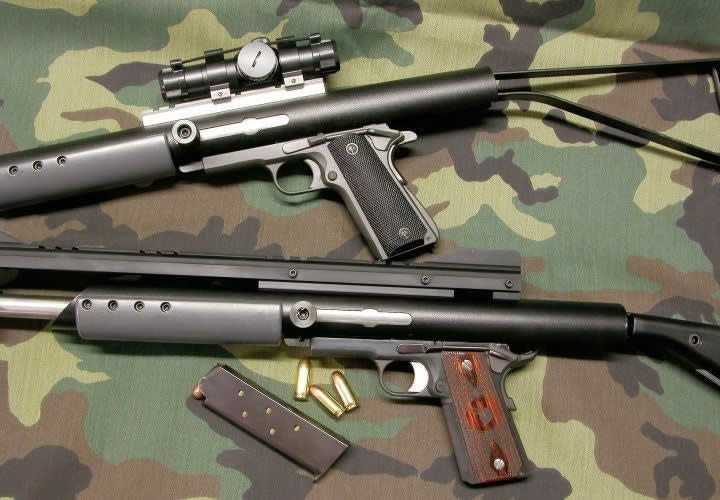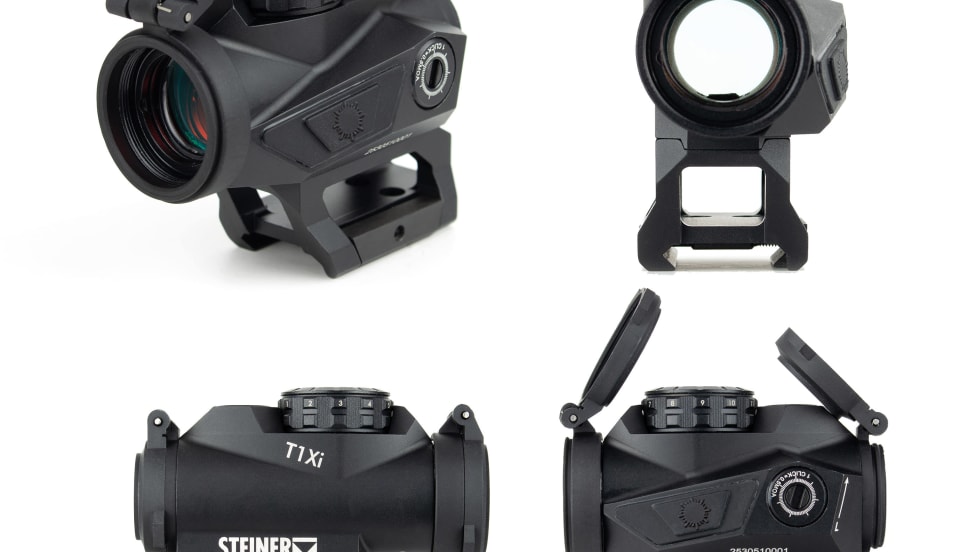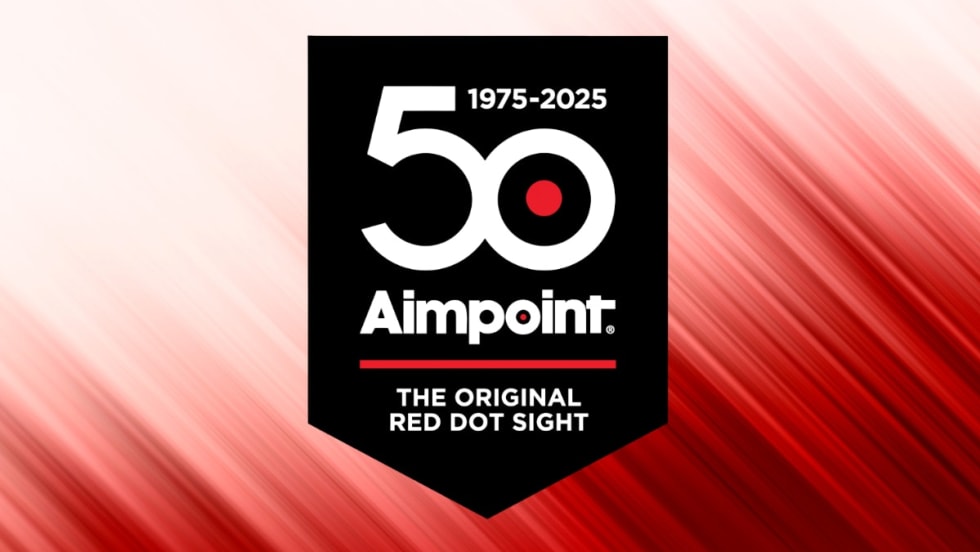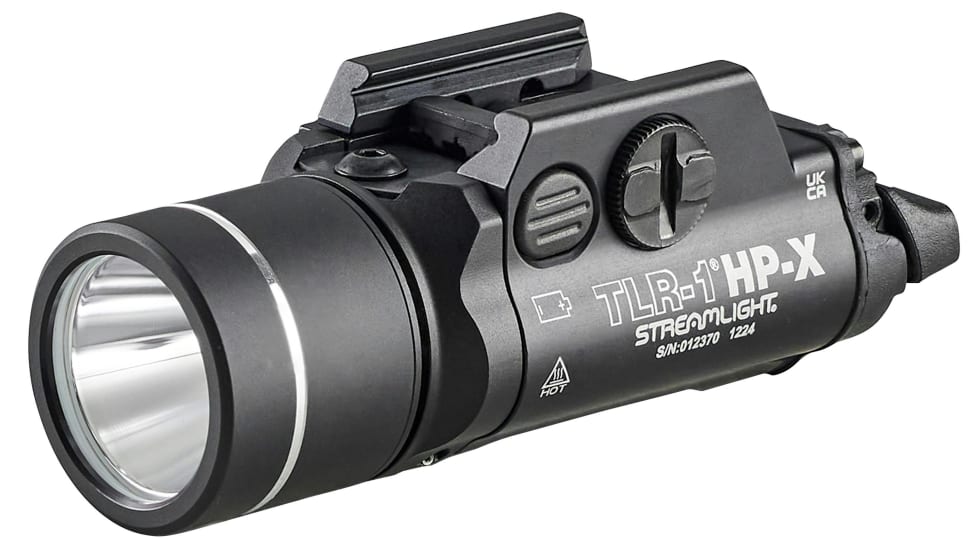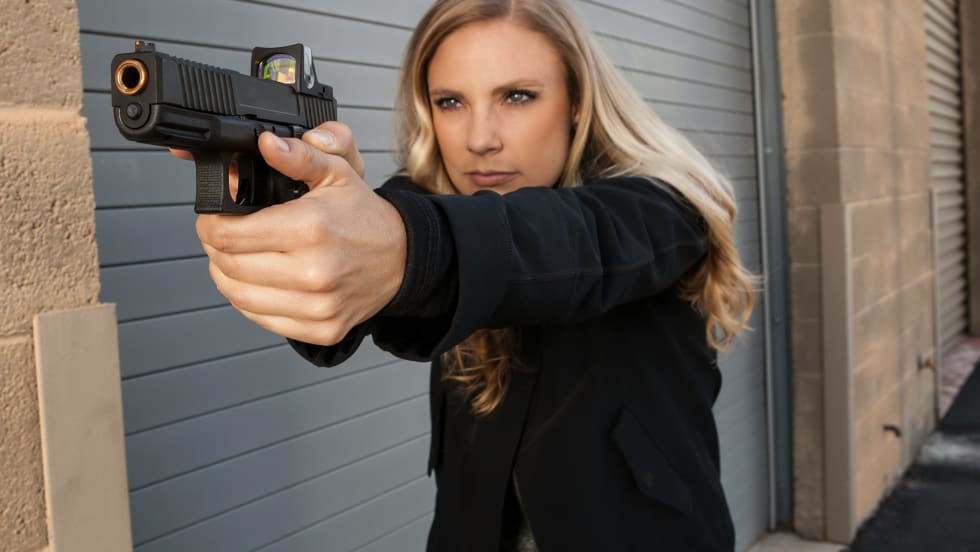Ray Herriott of Mech-Tech invented the Carbine Conversion Unit (CCU) about 10 years ago and has honed the design over the years. Today, it's offered in versions to fit the large-frame Glocks (like the 17, 20, 21, 22, 34, and 35), all 1911 platforms, and the Para Ordnance guns (using Mech-Tech's "Parablock" conversion unit). Cost is around $250 or so, depending on the model, and I'm sure a bare-bones, iron-sighted version could be had for much less in department-issue quantities.
Technically Speaking
Keep in mind the CCU is not a firearm. Consequently, there is no fuss about paperwork, shipping, and the like. It's simply an "accessory." The "gun" part is your own 1911 or Glock (look for versions for the Hi-Power, Ruger P-series, and Beretta/Taurus down the road). The CCUs are "minimalist" units and for the most part are very simple. And remember, simple is a good thing. The parts are well made, show excellent workmanship, and the entire package is made in the USA.
A blow-back action means even further simplification. No locking bolts, gas systems, or other goodies to clog up or break down. But as a blow-back, the CCU needs full-power ammo to properly cycle the action. This isn't a problem since police agencies usually issue high-quality, full power ammo for duty use.
Conversion is simple. Take the slide off your gun, lock the bolt back on the CCU, slip your gun's frame into the cut-out on the bottom of the receiver of the CCU, and, in the case of the 1911, use your slide stop to secure it all together. Lower the bolt, snick your safety on, and you have a "cocked and locked" carbine. Total conversion time? About 30 seconds if you're a complete idiot, even faster if you already know how to spell your own name. The magazine functions the same, mag releases are the same, trigger pull remains the same, and, simply put, the whole idea works like gangbusters.


